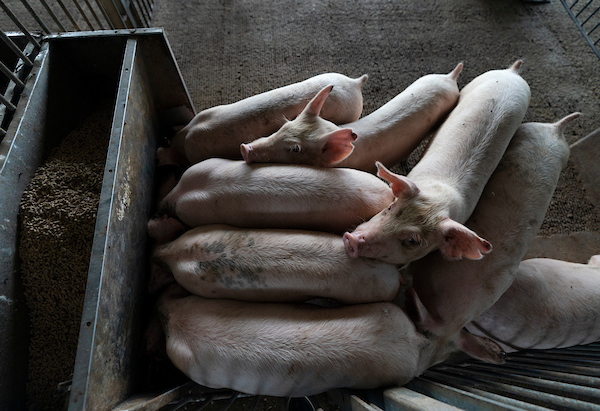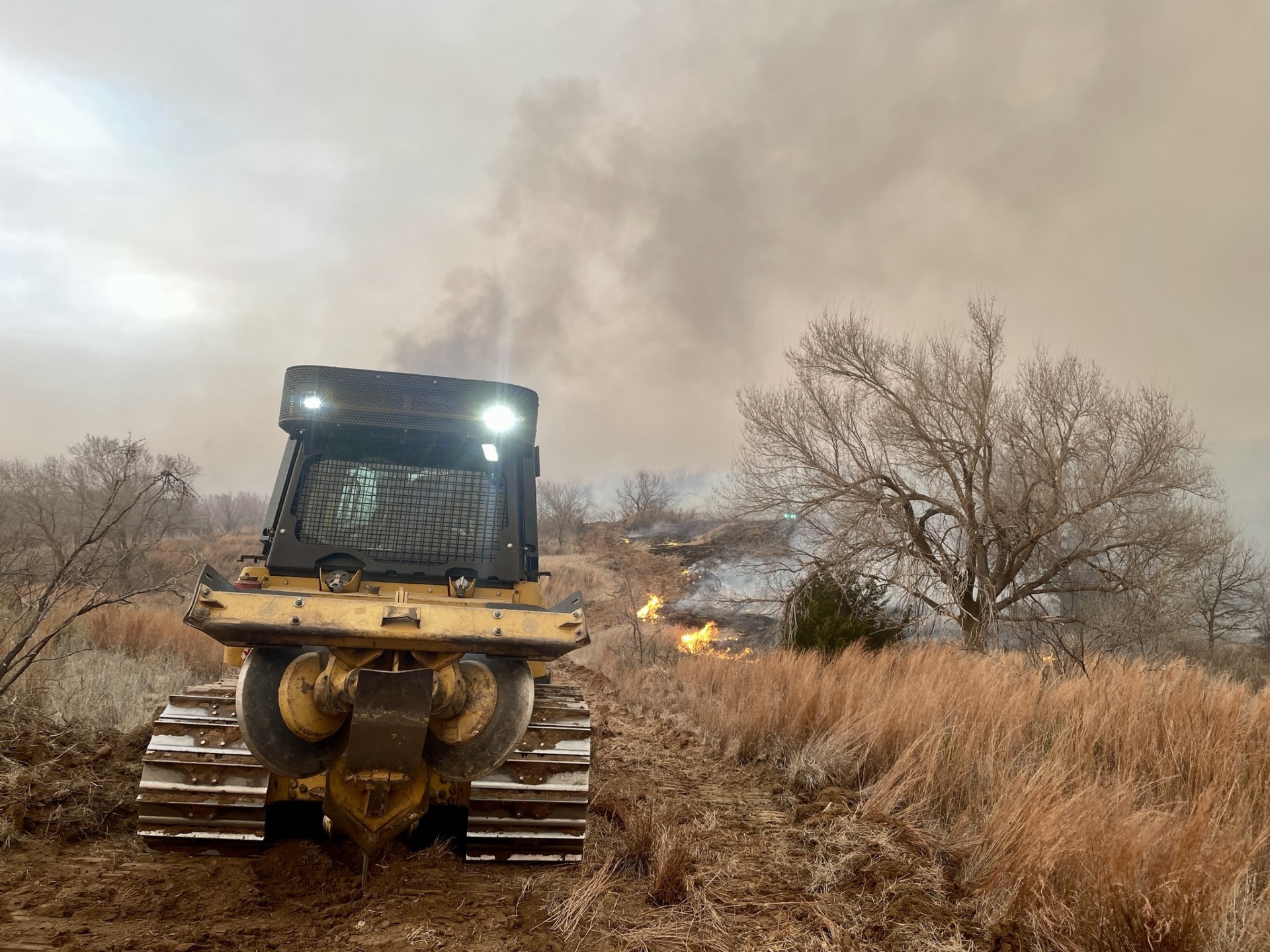Compact wool measurement tool may find home on the range
Writer: Steve Byrns, 325-653-4576, [email protected]
Contact: Dr. Ronald Pope, 325-653-4576, [email protected]
SAN ANGELO – Can a field-friendly, reasonably priced fiber measurement tool compare favorably with the high-dollar commercial unit that’s set the industry standard for wool fineness measurement since 2000?
A team of Texas A&M AgriLife Research scientists at San Angelo is evaluating the new FibreLux and comparing its results with that of the OFDA2000, which has been used for several years and has the confidence of the industry for accuracy in measuring greasy or raw wool for average fiber diameter.
The FibreLux is a small portable, commercially available unit developed in South Africa. But while the FibreLux sells for around $2,000, the much larger OFDA2000 runs closer to $75,000, said Dr. Ronald Pope, AgriLife Research scientist and head of the Bill Sims Wool and Mohair Research Lab at San Angelo.

“Both were developed as field units to give wool producers an easy accurate way to determine average fiber diameter of raw wool staples,” Pope said. “But the OFDA2000 can be sensitive to transport since it has several moving parts that must stay in alignment to operate. And the OFDA2000 measures and calculates more attributes than average fiber diameter, whereas the FibreLux computes only average fiber diameter.”
But average fiber diameter is the only measurement important to most producers, Pope said, because diameter fineness of individual wool fibers largely determines the value of the fiber; the finer the fleece, the better the wool and the better the wool, the higher its price.
Prior to the development of the OFDA2000, Pope said growers wanting to select breeding animals based on average fiber diameter had to send samples to a commercial testing lab for analysis. With the advent of the OFDA2000, growers could select animals almost immediately at the farm or ranch.
“Right now, we’re looking at the FibreLux and comparing it to other instruments we have available,” Pope said. “We’re also just learning how to operate the FibreLux to see how practical it is for growers to use.”
Pope and Monica Ebert, AgriLife Research student technician in the wool lab, have been working for two months to determine if the FibreLux, which is roughly the size of a loaf of bread, is user-friendly and accurate enough for producers wanting to select finer-fleeced animals for breeding stock, culling coarser-fibered animals or for fleece separation work done for packaging and marketing.
Dr. John Walker, resident director of research at the Texas A&M AgriLife Research and Extension Center at San Angelo, presented their current findings Jan. 30 at the American Sheep Industry Association convention at Reno, Nevada. Walker said the audience for his talk entitled “Evaluation of FibreLux Micron Meter,” included major wool buyers and processors.
“There is no question the much larger OFDA 2000 provides more data, whereas we are trying to determine if the FibreLux might be enough for producers to use on the ranch for the purposes mentioned,” Pope said.
Pope said it is recommended that side samples be used in both machines as those are the most representative of the animal’s entire fleece. From this, a sample about the diameter of a pencil is taken and combed with a common hair comb to align and spread the fibers about an inch to cover the window on the small plastic fiber holder. Once clamped down, the excess fibers are trimmed and the holder is placed in the FibreLux instrument “toaster-style” and the “enter” button pushed. Results take about 20 seconds per sample, which is roughly the same length of time needed to process a sample in the OFDA2000.
Pope said preliminary studies indicate an 87 percent accuracy rating between the two instruments, which he feels should be close enough for most producers’ selection and marketing needs.
For more information, contact Pope at 325-653-4576.






